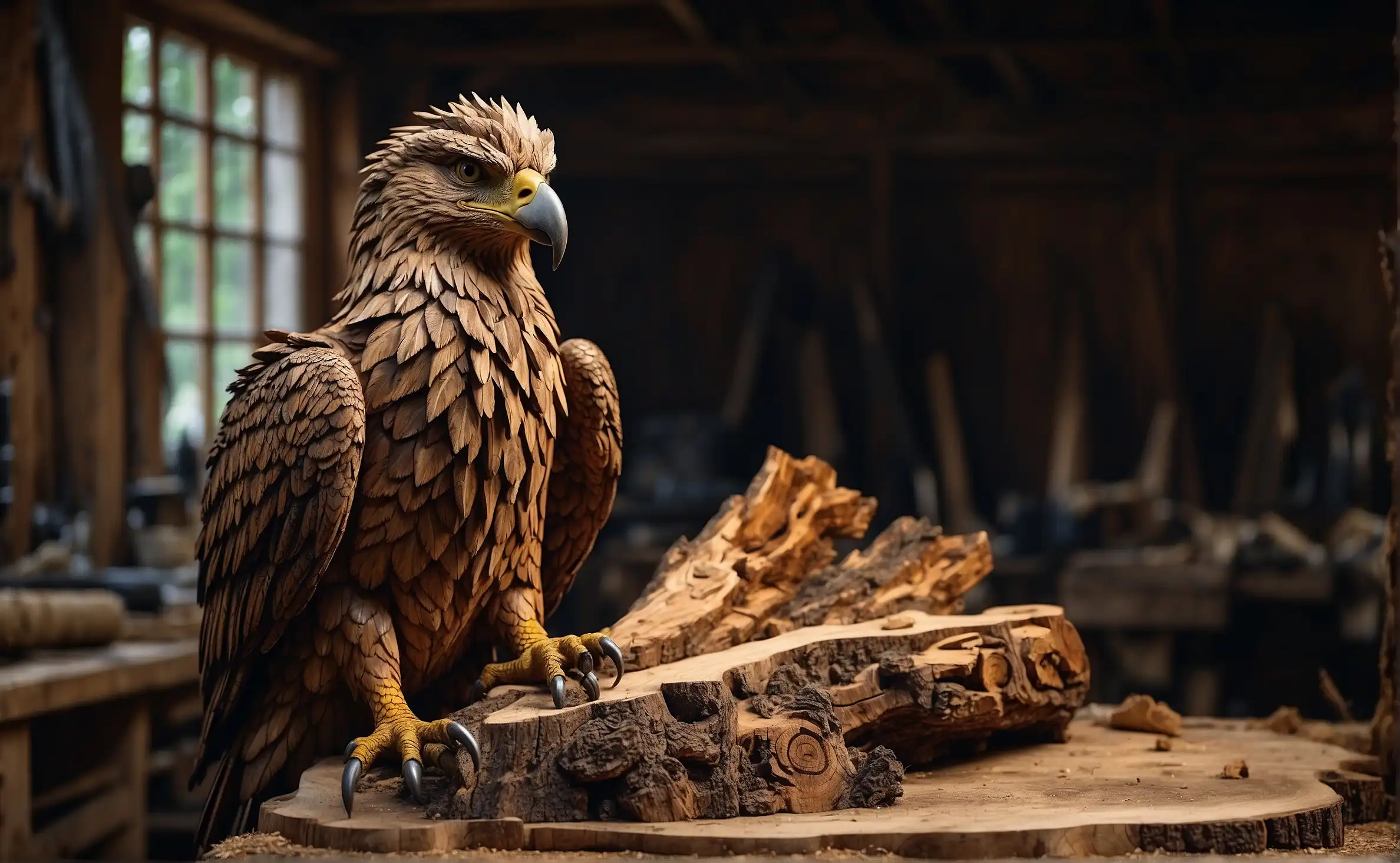To do chainsaw carving, select a suitable chainsaw, sketch your design on wood, and carefully carve, starting with rough cuts and finishing with details.
Chainsaw carving is a form of art that transforms a simple log into a stunning sculpture using, you guessed it, a chainsaw. It’s a challenging yet rewarding hobby that combines the ruggedness of power tools with the delicate touch of an artist. If you’re intrigued by this unique craft and wondering how to get started, you’re in the right place. Follow our step-by-step guide to begin your chainsaw carving journey.
Understanding Chainsaw Carving
Before diving into the steps, let’s understand a bit more about what chainsaw carving entails. Unlike traditional woodcarving that uses chisels and mallets, this technique relies solely on the power of a chainsaw.
Materials and Tools Required
- A chainsaw with a carving bar
- Carving chains with fine teeth
- Personal Protective Equipment (PPE) including helmets, gloves, ear and eye protection
- Wood logs or blocks
- Sharpening tools for the chainsaw
Step-by-Step Guide to Chainsaw Carving
Here’s how to start:
Step 1: Safety First
Always prioritize safety when working with chainsaws. Wear the appropriate PPE, work in a well-ventilated area, and ensure your chainsaw is in good working order.
Step 2: Plan Your Design
Visualize and sketch your intended design. It can be anything from bears to eagles, abstract shapes to custom designs. Decide on the size and complexity appropriate for your skill level.
Step 3: Choose The Right Wood
Softwoods such as pine, cedar, and spruce are ideal for beginners due to their easy-to-carve nature. Hardwoods like oak and maple can be used by more experienced carvers.
Step 4: Prepare The Chainsaw
| Task | Description |
|---|---|
| Install Carving Bar | Attach a carving bar for better control and precision. |
| Sharpen Teeth | Ensure the chainsaw teeth are sharp for cleaner cuts. |
Step 5: Rough Cutting
Begin with rough cuts to remove large portions of wood and shape the basic outline. Don’t worry about details; focus on the main form of your design.
Step 6: Refine the Shape
With the rough shape in place, start refining. Move the chainsaw with precision, creating more defined shapes and removing unnecessary bulk.
Step 7: Add Details
Switch to a smaller chainsaw or attachment, if available, for intricate details. This stage takes patience and a steady hand.
Step 8: Sand and Finish
Once satisfied with the carving, sand smooth any rough edges, and apply sealer or stain to protect the wood and enhance its natural beauty.
As you gain experience, try advanced techniques like using different angles, creating textures, or incorporating color.
Read more: Who Makes Forester Chainsaw Bars
Common Chainsaw Carving Patterns
- Bears: Popular for their iconic shape. Start with basic cuts to outline the bear’s body, head, and legs.
- Eagles: Focus on the wings and beak for a dramatic effect. Begin with the wings, then detail the head.
- Fish: Ideal for beginners. Carve the basic fish shape and add details like fins and scales.
- Totem Poles: Involve various figures stacked vertically. Sketch the design first, then carve each figure.
- Benches: Functional art. Create a simple bench shape, then add decorative elements like animals or foliage.
Tips and Tricks for Successful Chainsaw Carving
- Maintain your equipment: A well-maintained chainsaw ensures better control and fine cuts.
- Start simple: Begin with less complex designs and gradually move to more intricate ones.
- Patience is key: Take your time with each step to ensure the best result.
Conclusion
Chainsaw carving is both an art form and a fantastic way to express creativity while working with wood. By following these steps and practicing safety, patience, and proper technique, you’ll be on your way to creating stunning artworks with your chainsaw.
Connect with fellow chainsaw enthusiasts and enrich your know-how in our Knowledge section at Chainsaw Hive. Happy carving!
